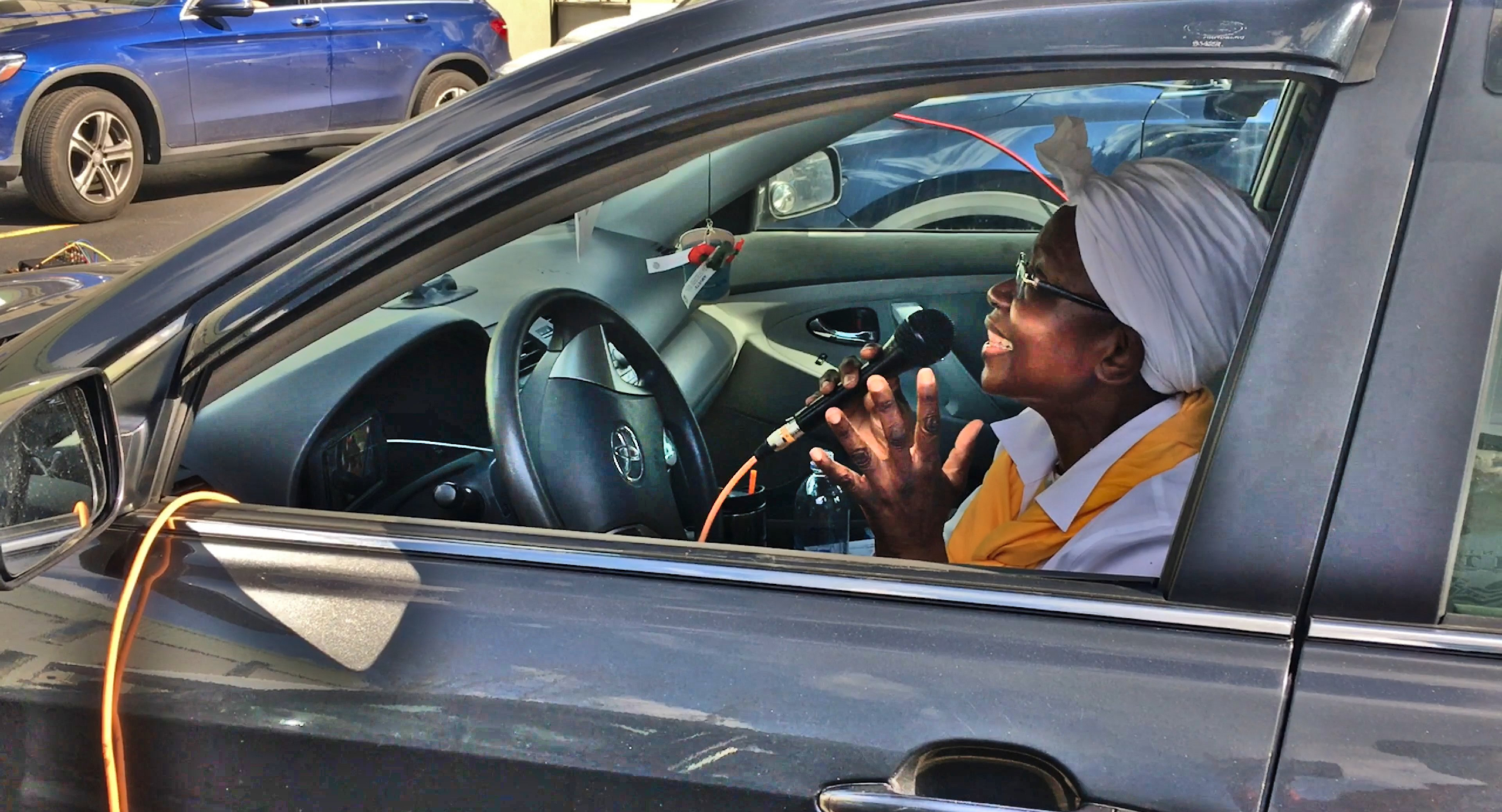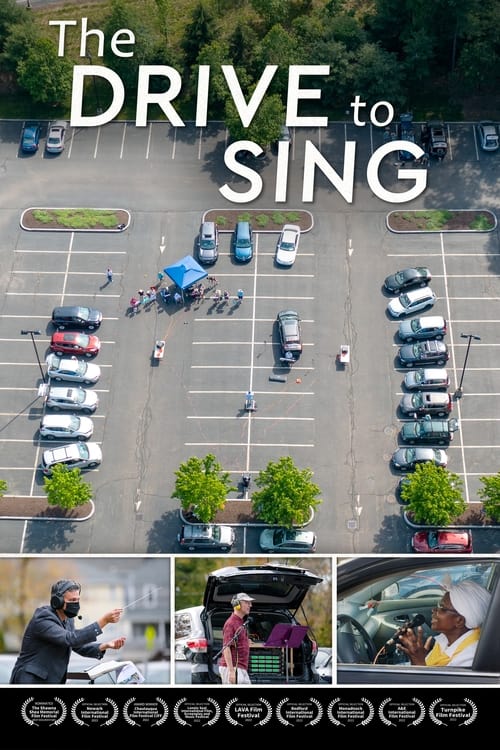The Drive to Sing – Film Review
Published November 19, 2023

The Bryce Denney-directed documentary film The Drive to Sing chronicles an exciting story of musicians’ response to COVID-19’s constraints by reviving old school audio technology to stage parking lot choir rehearsals. By spotlighting a lesser-known repercussion of the pandemic – the stifling of group-based musical activities – Denney showcases the resilience and innovation that musicians employ to keep the soul of the art alive. While this captivating narrative stirs the hearts of audiences, the film somewhat lacks depth and cinematic artistry, prompting me to award it a lukewarm rating of three out of five.
The Drive to Sing deftly interlaces several plotlines, each encompassing a cast of endearing and unique individuals, into one grand story about the preservation of musical harmony amidst isolation. It combines a perfect blend of human elements, innovation, resilience, and musical nostalgia. The candid expressions of joy, excitement, frustration, and sometimes profound sadness that the musicians share in the documentary show Denney’s adeptness at making an emotive impact through raw storytelling. Moreover, the contextualization of the narrative amidst a world grappling with an invisible enemy invokes both nostalgia for the pre-pandemic days and an appreciation for the individuals determined to revive a semblance of normalcy.
Nevertheless, this robust story lacks the support of appropriate cinematic elements that are crucial to making a truly compelling documentary. The Drive to Sing presents a story set in the midst of an unusual event that affects every aspect of the way people live, from the profound to the mundane. However, Denney struggles to immerse the audience fully into this world. Visually, the documentary film lacks compelling cinematography and diversity in angles. Many scenes depict individuals or choirs from a distance, sacrificing detailed, close-up moments that could’ve served to form stronger bonds between the viewer and the subject.
Furthermore, although the premise sets an exciting expectation for vibrant audio cues to accompany the parking lot choirs’ experiences, the audio delivery fell flat. At times, the layering of choir voices is beautifully mixed but is ultimately compromised by an underwhelming variety and experimentation with ambient soundscapes to effectively transport viewers into the chaotic, moving environment of a socially distanced choir. It leaves much to be desired when it comes to creating an atmosphere befitting the fervor and eccentricity of its narrative premise.
While the plot unfolds nicely, presenting some genuinely inspiring and emotionally charged moments, there is an overall lack of complexity to the storyline. Much of the focus is on the technology and general story arc of forming these parking lot choirs, but there isn’t enough of an exploration of individual singer stories or anecdotes. More inclusion of their personal journeys through the pandemic could have made this documentary richer and more multidimensional.
Despite its shortcomings, The Drive to Sing does an admirable job in presenting an optimistic response to the COVID-19 pandemic. While Denney’s film might fall short in cinematic grandeur and storytelling depth, it offers a memorable glance into the power of music and community resilience during an unprecedented time. Its endearing testament to the human spirit may lack some layers but is touching enough. The Drive to Sing gives audiences something to cheer about, but a more in-depth and artfully crafted execution could have truly hit the high note.
